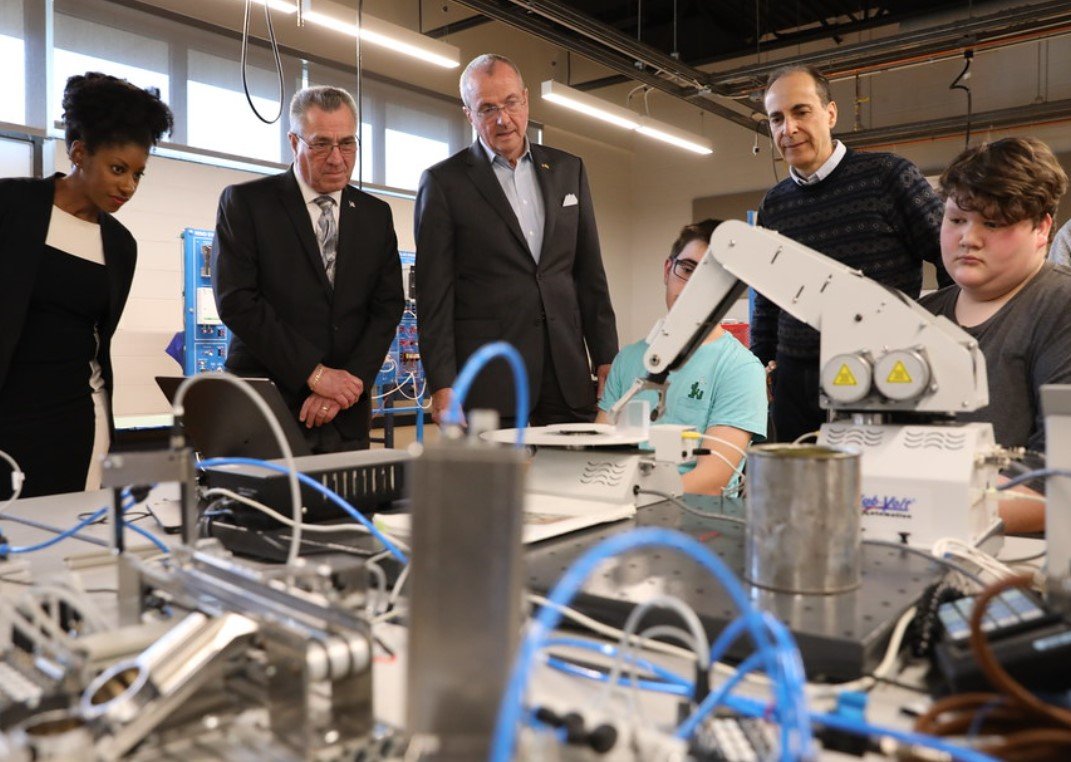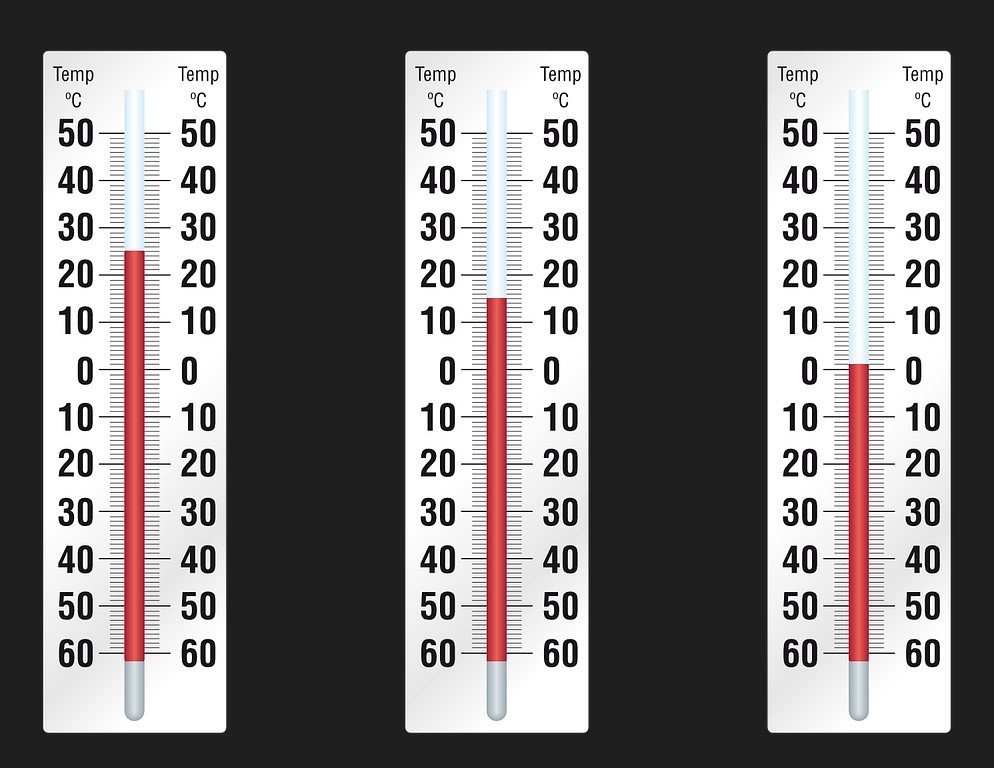As a seasoned medical professional, I appreciate the significance of bone graft healing in the journey towards better health. Bone graft healing is a pivotal process that can profoundly affect your overall wellbeing. It’s critical to be equipped with the right knowledge and strategies to ensure your body heals as quickly and efficiently as possible.
So, how can you expedite the healing of a bone graft? The answer lies in a mix of a nutritious diet, appropriate post-surgery care, and adherence to your healthcare provider’s advice. Including certain nutrients in your meals can boost your body’s healing capacity. Proper aftercare, such as rest and refraining from strenuous activities, can mitigate complications. Additionally, being aware of common pitfalls during the healing process can significantly enhance your recovery outcomes. With this guide, you’ll navigate your bone graft healing journey with confidence and ease. So, let’s delve deeper into the topic, shall we?
What is a Bone Graft and its Purpose?
A bone graft is a surgical procedure used to fix problems with bones or joints. Bone grafting is a treatment for repairing bones that have been damaged from trauma, or problem joints, or growing bone around implanted devices like dental implants. It involves transplanting bone tissue, and the transplanted tissue provides a framework that aids in the growth of new, living bone.
In the context of bone health, it’s paramount to understand that bone grafts serve as a platform for bone to grow on, which is why they’re often used in areas where bone is absent or deficient. They are particularly beneficial in promoting healing and strength in broken bones or following surgeries, especially in cases where the bone lacks the capacity to repair itself.
According to recent studies, over 2 million bone grafts are performed worldwide each year, reflecting their crucial role in modern medicine. These grafts are essential tools in orthopedic, maxillofacial, and dental surgeries, and their successful implantation and healing can significantly improve patient outcomes.
The Role of Nutrition in Bone Graft Healing
Nutrition plays a pivotal role in the healing process of a bone graft. Proper nutrition can enhance the body’s ability to repair itself, leading to faster and more effective healing. Certain nutrients are particularly important for bone health and recovery after a bone graft surgery.
Protein, Vitamin D, Calcium, and Magnesium are among the key nutrients that contribute to bone health. Protein is crucial for tissue repair and healing, while Vitamin D, Calcium, and Magnesium are essential for bone strength and growth. Including foods rich in these nutrients in your diet can support your recovery.

How to Speed Up Bone Graft Healing: A Practical Guide
Recent research indicates that optimal nutritional status can significantly influence the outcome of bone graft surgeries. Studies show that a well-balanced diet, rich in essential nutrients, can reduce healing time and improve overall patient recovery. Thus, maintaining a healthy diet is not just beneficial for your general health, but it also plays a crucial role in speeding up bone graft healing.
Five Essential Steps for Effective Bone Graft Aftercare
After undergoing a bone graft procedure, following your healthcare provider’s aftercare instructions is crucial to ensure successful healing. The aftercare process plays a significant role in the success of the bone graft and can significantly impact the speed of your recovery. Here are five essential steps to follow for effective bone graft aftercare.
Step 1: Maintain Good Hygiene: Keeping the surgical site clean is critical to prevent infection. You should follow your doctor’s instructions on how to clean the area and what products to use.
Step 2: Follow Medication Instructions: Your doctor will likely prescribe medications to manage pain and prevent infection. It’s important to take these as directed and complete the full course of antibiotics, if prescribed.
Step 3: Rest and Elevate: Rest is crucial for your body to heal. Try to keep the grafted area elevated as much as possible to reduce swelling.
Step 4: Stick to a Nutrient-Rich Diet: As discussed earlier, certain nutrients can support bone health and healing. Include foods rich in protein, vitamin D, calcium, and magnesium in your diet.
Step 5: Avoid Strenuous Activities: Overexertion can hinder your recovery. Avoid strenuous activities and heavy lifting until your healthcare provider gives you the green light.
Effective aftercare is a vital part of the bone graft healing process. By following these steps, you can help ensure that your bone graft heals properly and quickly. Always remember to consult with your healthcare provider if you have any concerns about your recovery.
Mistakes to Avoid During the Bone Graft Healing Process
While understanding the right steps to take towards effective bone graft healing is important, it’s equally crucial to be aware of certain mistakes that could potentially hinder your recovery. These errors could slow down the healing process or even lead to complications, making it vital for you to avoid them.
Some common mistakes include neglecting proper hygiene, not adhering to medication instructions, overexertion, and poor nutrition. Neglecting hygiene could lead to infections, while not following medication instructions could result in ineffective pain management or uncontrolled infections. Overexertion may stress the graft site and slow down healing, while poor nutrition could deprive your body of the nutrients it needs for effective recovery.
In addition to these, ignoring persistent pain or unusual symptoms at the graft site is another common error. Such signs could indicate a complication, and ignoring them could worsen your condition. Therefore, it’s always recommended to reach out to your healthcare provider if you experience persistent discomfort or notice unusual changes at the graft site. By avoiding these mistakes, you can ensure a smoother and faster recovery from your bone graft procedure.
Recognizing the Signs of Successful Bone Graft Healing
Knowing how to recognize the signs of successful bone graft healing is a crucial part of the recovery process. It not only provides reassurance that your body is properly healing, but it also enables you to identify any potential complications early on. The signs of successful healing may vary depending on the individual and the specific type of bone graft performed.
Typically, successful bone graft healing is characterized by a reduction in pain, swelling, and redness around the graft site. As the healing progresses, the grafted area should gradually return to its normal color and swelling should decrease. You may also notice new tissue growth around the graft site, which is a positive sign of healing.
However, it’s important to note that the healing process takes time and varies for each individual. While some people may notice these signs within a few weeks, others may take several months. Regular follow-up appointments with your healthcare provider will help monitor your progress and ensure that your bone graft is healing properly.
To Wrap Up
In conclusion, speeding up bone graft healing involves a multi-pronged approach that includes understanding the procedure, maintaining good nutrition, following aftercare instructions, avoiding common mistakes, and recognizing signs of successful healing. The journey may seem daunting, but with the right knowledge and strategies, you can navigate it confidently and effectively.
Remember, your commitment to following these guidelines will significantly impact your recovery. So, take heart, be diligent, and look forward to the day when you can smile, knowing that your bone graft healing process was a success!
Frequently Asked Questions
[faq-schema id=”1270″]
















